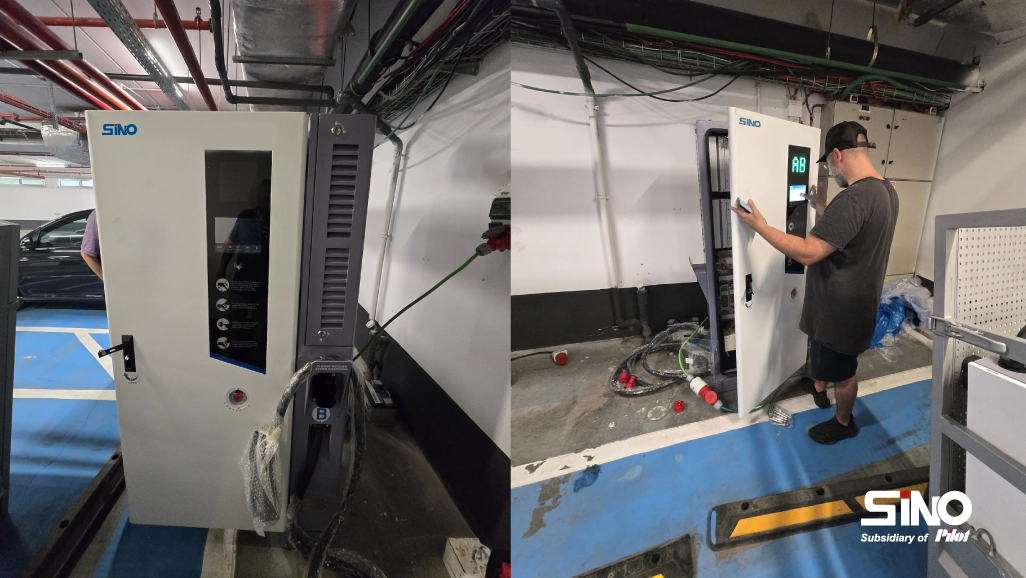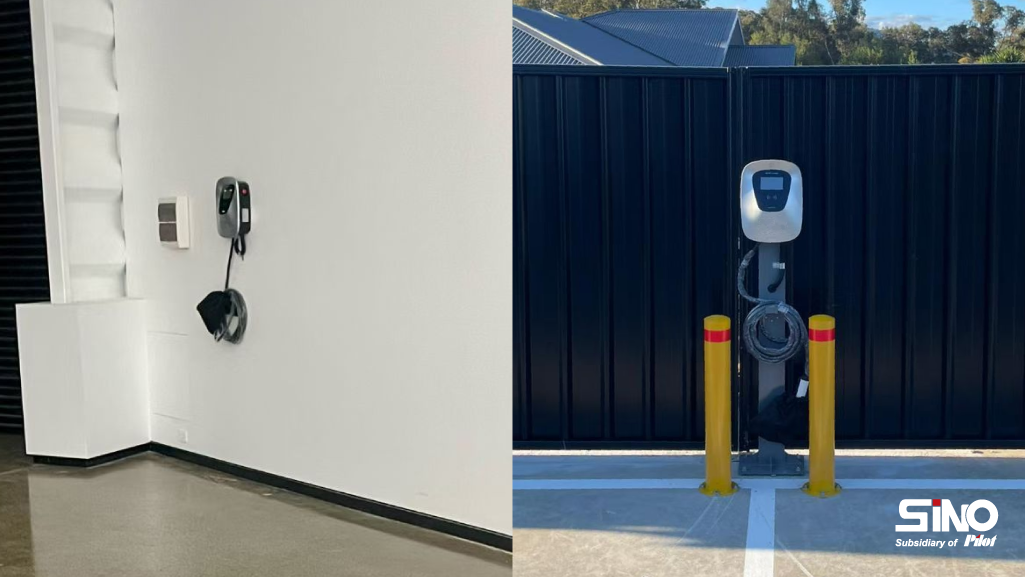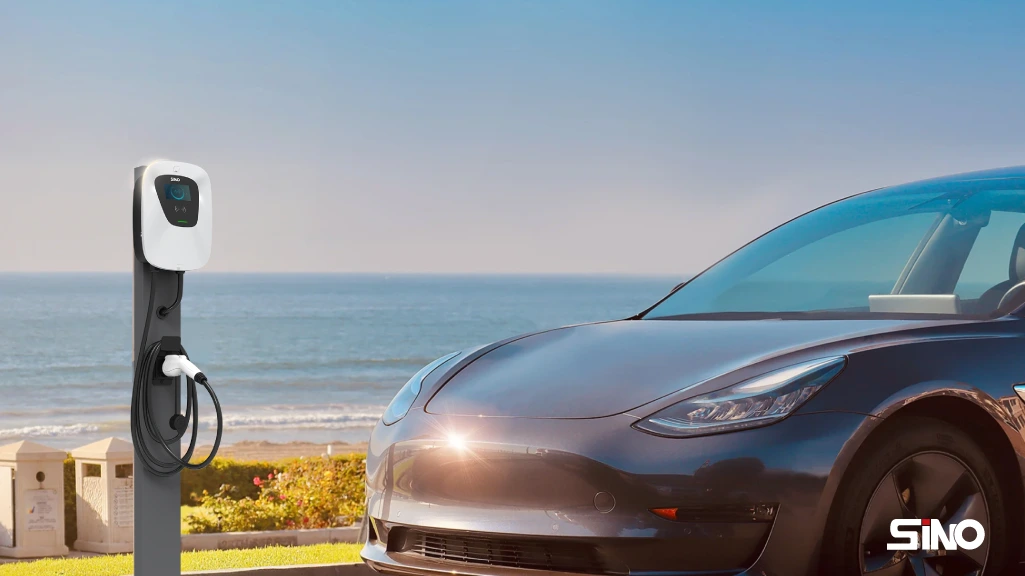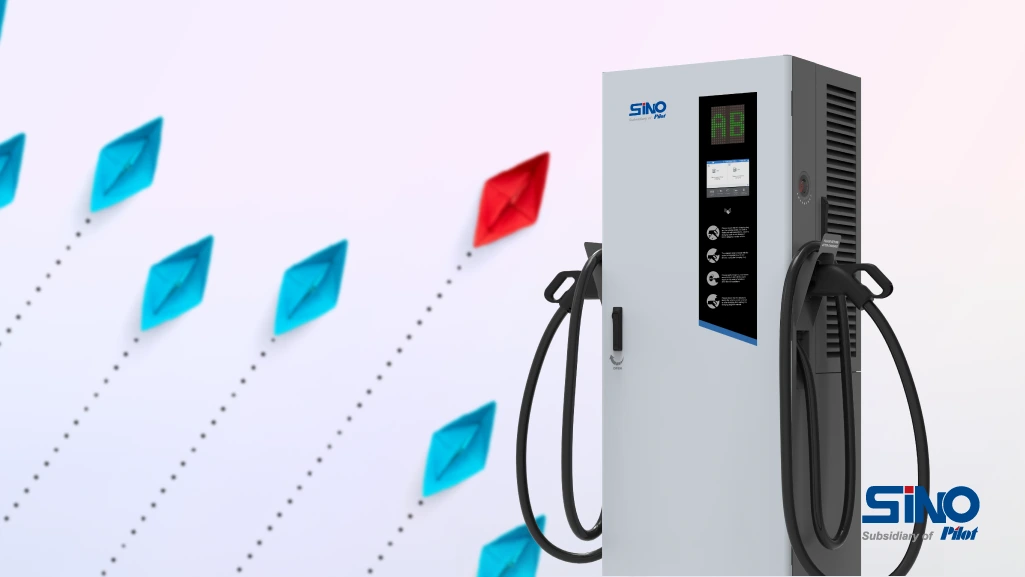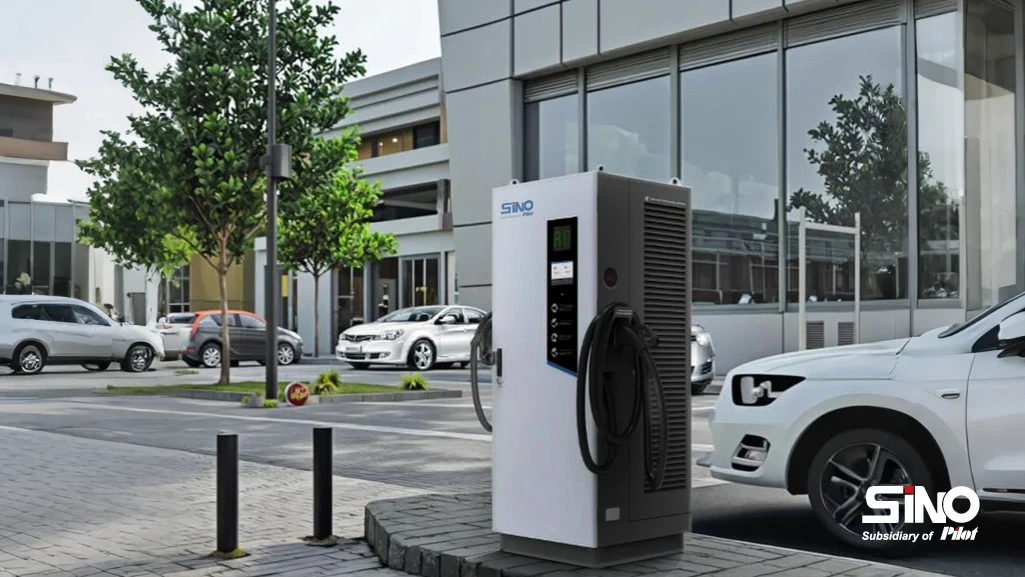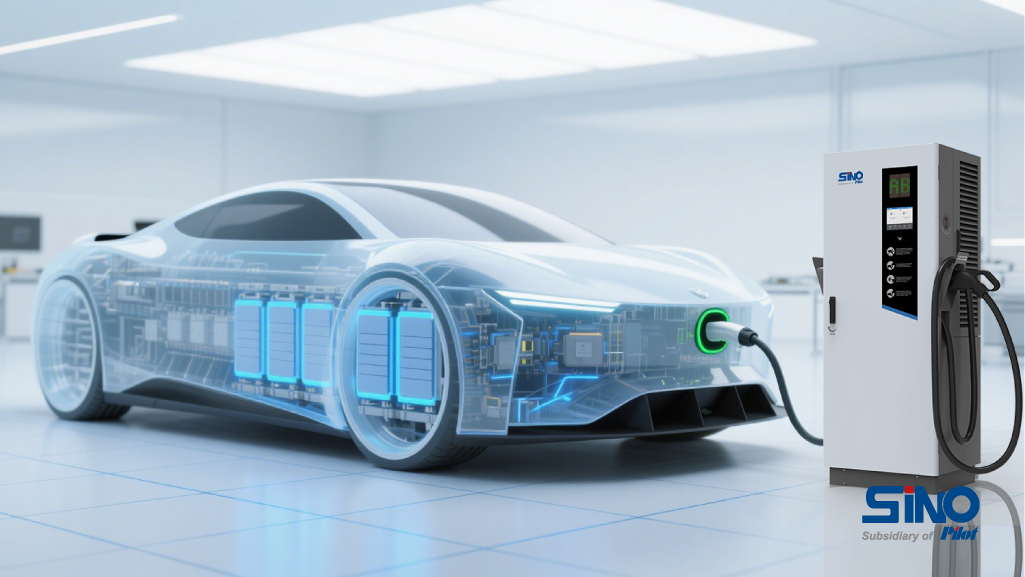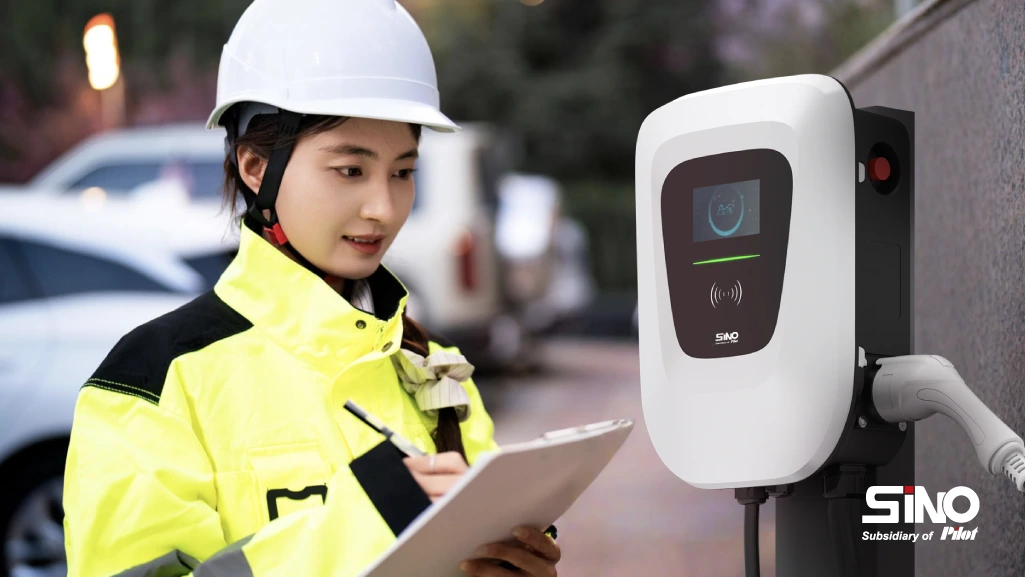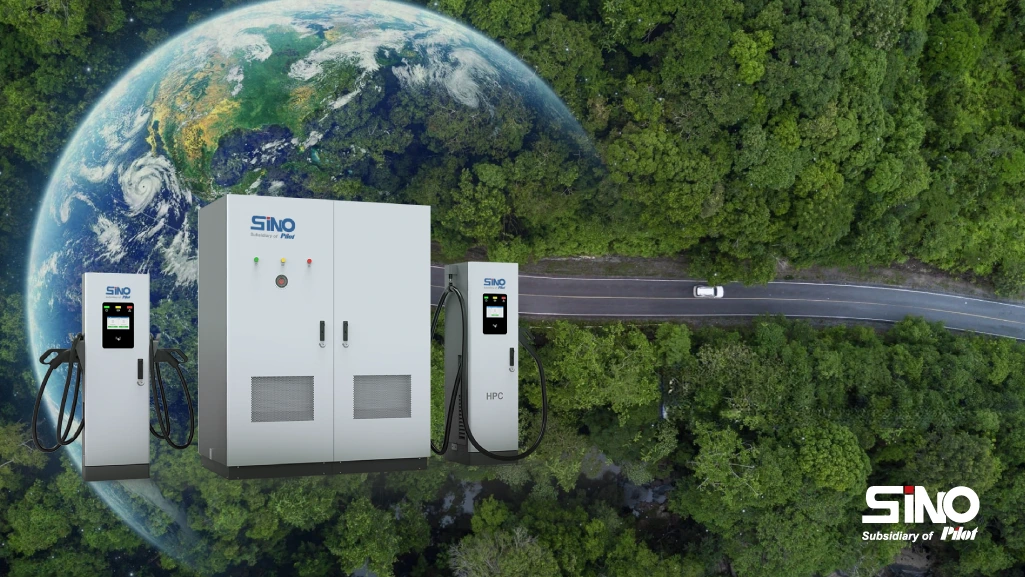Learn how electric vehicle charging stations work, from their connection to the electric vehicle to the detailed charging process and the key role of the battery management system (BMS). Learn about the various types of chargers and how they work.
As electric vehicles (EVs) continue to grow in popularity, the importance of EV charging stations is becoming increasingly apparent. These stations play a key role in the daily use and long-term adoption of EVs. The purpose of this paper is to describe the working principles of electric vehicle charger and to provide a comprehensive understanding of their operation.
EV Battery and Charging Principles
Overview of EV Batteries
- Battery Types: EVs commonly use lithium-ion batteries, comprising multiple cells to provide high energy density and long lifespan.
- Battery Management System (BMS): The BMS monitors and manages the battery’s charging and discharging processes, ensuring safe and efficient operation.
Charging Principles of EV Batteries
- Power Conversion: When charging an electric vehicle, The charging station converts AC power to DC power (for DC charging stations) or AC power to the EV’s onboard charger (for AC charging stations).
- Current and Voltage Regulation: The station adjusts the output current and voltage according to the state of the battery and the BMS instructions to ensure a safe and efficient charging process.
- Temperature monitoring: The BMS and charging station continuously monitor the temperature of the battery to prevent overheating. If the temperature exceeds the safe limit, the system reduces the charging current or suspends charging and resumes once the temperature returns to normal.
- Charging Curve: The battery charging process follows a specific curve, usually involving constant current and constant voltage phases. The power station adjusts the charging parameters according to this curve to ensure efficient and safe battery charging.

Connection to the EV
- Physical connection (plugs and sockets)
Electric vehicle charging stations are connected to the electric vehicle via standardized plugs and sockets (e.g. Type 1, Type 2, CCS and CHAdeMO).
A secure connection is ensured by a mechanical lock to prevent accidental disconnection during charging.
- Authentication and safety checks
After the physical connection, the charging station and the electric vehicle perform mutual authentication and safety checks, including vehicle identification, user identification and verification of electrical parameters.
These steps ensure compatibility and prevent potential damage or safety hazards.
- Charging process
Initial phase: detection and handshake
Before charging begins, the charging station and the electric vehicle communicate via protocols such as PLC (Power Line Communication) to exchange identification and charging parameters (e.g. battery status and charging requirements).
After a successful handshake, the charging station sets the initial charging parameters, such as current and voltage, to ensure a safe and efficient charging process.
Charging phases: constant current and constant voltage
The charging process usually involves two main stages: constant current (CC) and constant voltage (CV) charging.
Constant current charging: The charging station supplies a constant current and the voltage is gradually increased. This phase is very fast and is suitable for low battery levels.
Constant Voltage Charging: Once the battery reaches a certain level, the charging station switches to constant voltage mode, gradually decreasing the current. This stage prevents the battery from being overcharged.
During the charging process, the charging station continuously monitors parameters such as current, voltage and temperature and adjusts the charging strategy to maintain efficiency and safety.
Termination Stage: Automatic Cut-off and Completion Notification
When the battery is fully charged or reaches a predetermined level, the charging station automatically stops charging and disconnects the power supply.
The charging station notifies the user of the completion of charging by means of an indicator light (LED, display or mobile application) and prompts the user to unplug.
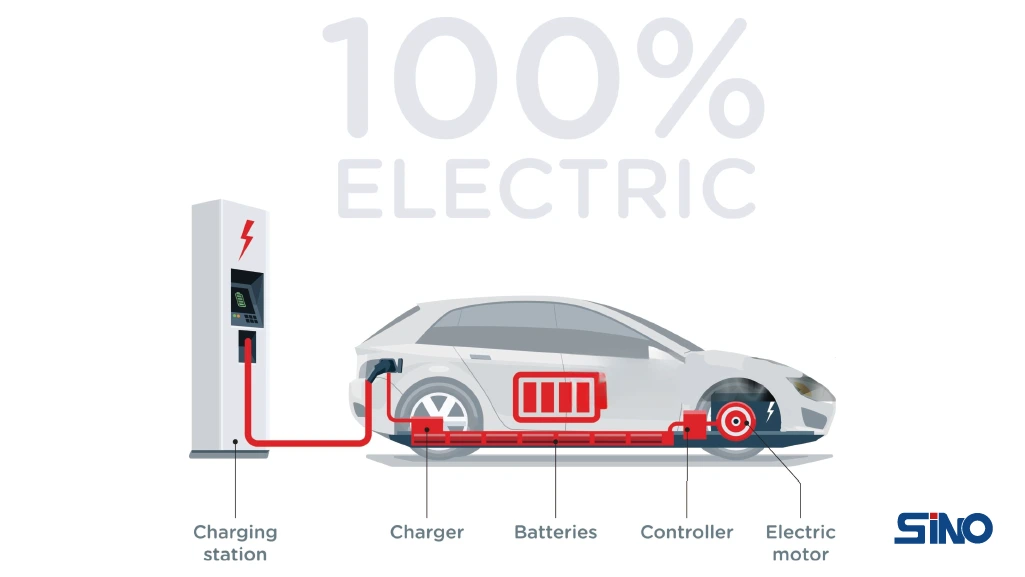
- Data transmission and monitoring
Data Collection and Transmission
The charging station collects data such as charging time, energy transfer, voltage, and current, and stores and transmits it to the back-end management system.
Data transmission is encrypted and authenticated to ensure security and accuracy.
Remote Monitoring and Management
The back-end system monitors the status and parameters of the charging station in real-time, providing health checks, fault diagnosis, and remote maintenance.
Operators and users can access the charging station’s status, historical data, and charging records through the management platform or mobile apps, enabling efficient management and maintenance.
Conclusion
As electric vehicles become more mainstream, it is critical to understand how EV charging stations work. These charging stations ensure efficient and safe charging through advanced technology and strict safety measures. As technology evolves, we can look forward to more efficient and user-friendly charging solutions that will further promote the popularity of electric vehicles.
Our social:
Facebook: www.facebook.com/sinoevc
Instagram: www.instagram.com/sinoevc
Linkedin: www.linkedin.com/company/sinoevse
Youtube: www.youtube.com/@sinoevc
Twitter: www.twitter.com/sinoevc
GET IN TOUCH
Discuss with experts






